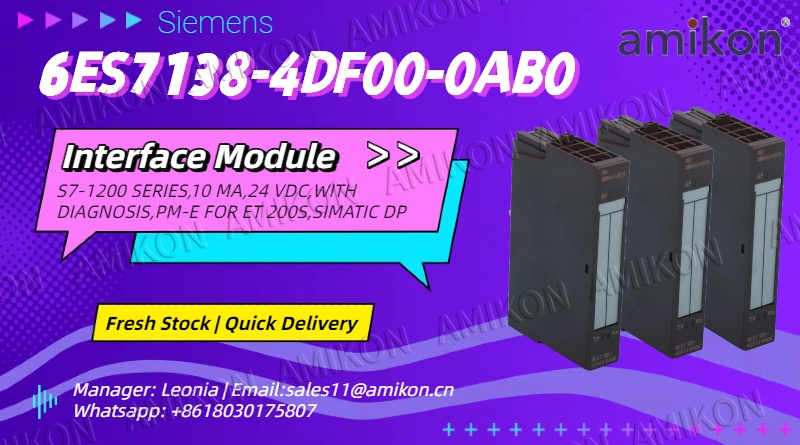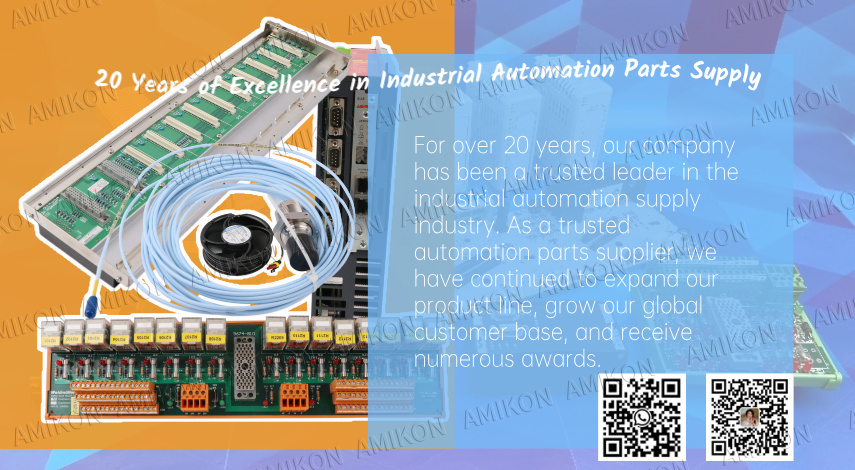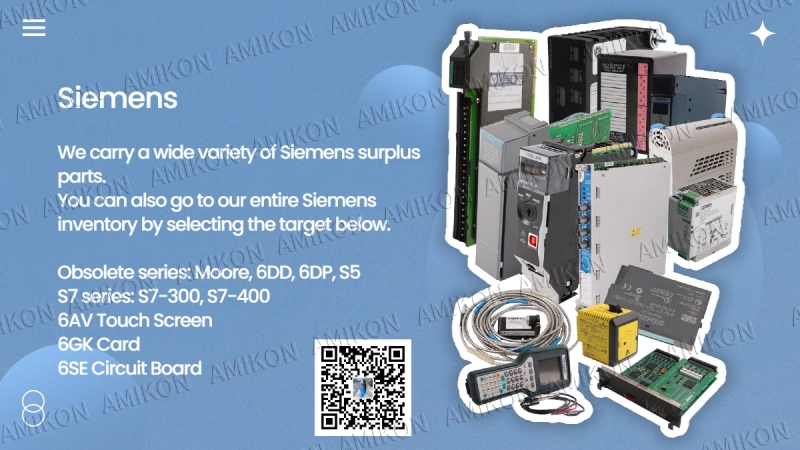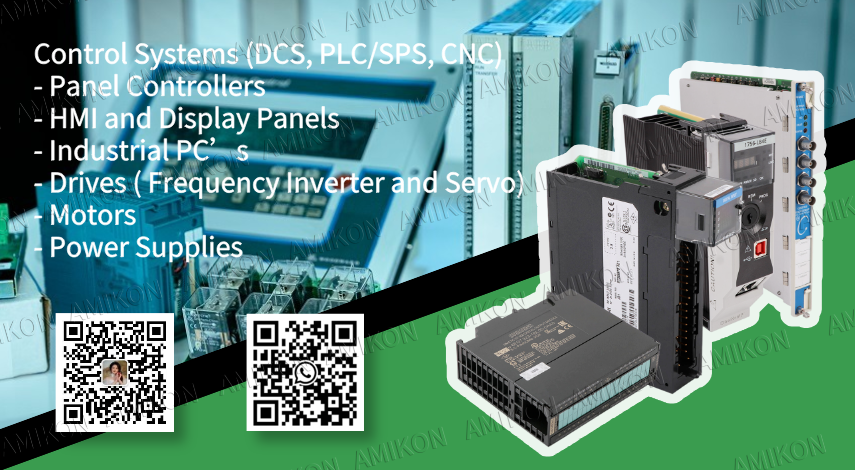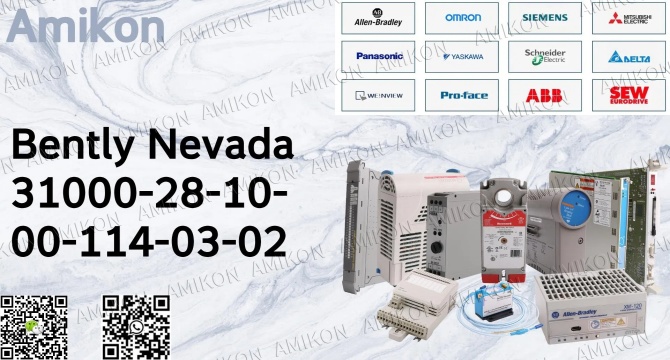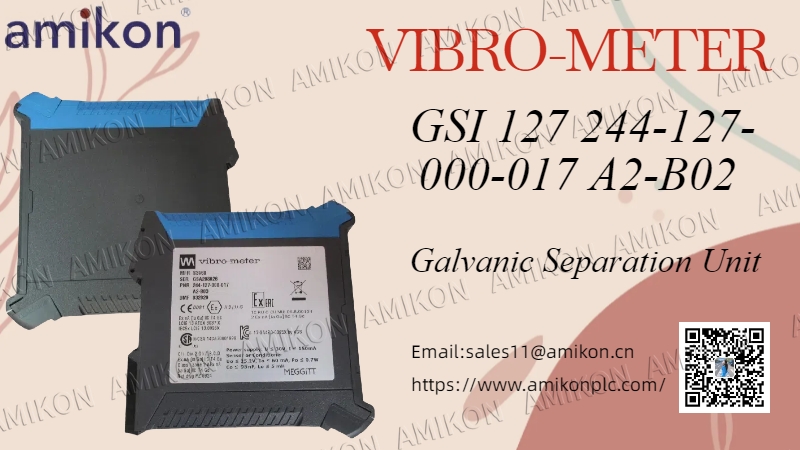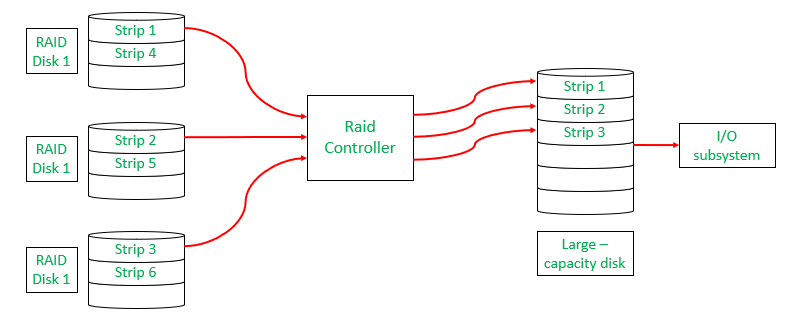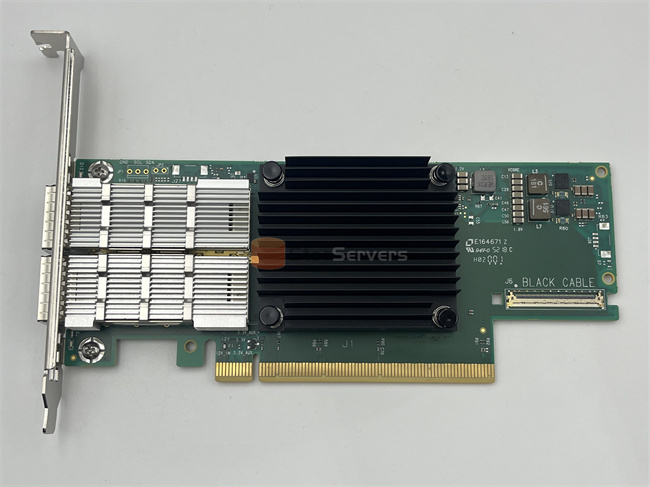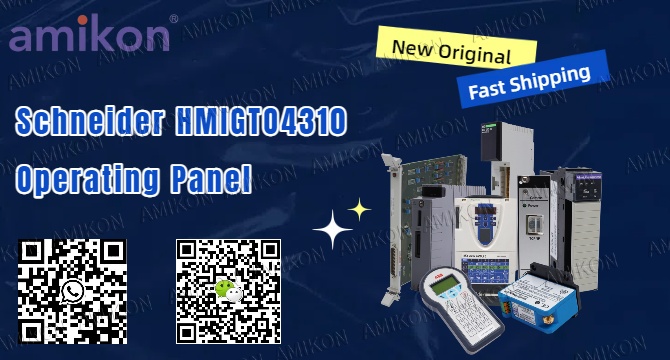
Schneider HMIGTO43101: High-performance Human-Machine Interface for Smart Upgrade
In today's ever-evolving industrial automation landscape, the demand for efficient, intuitive, and reliable human-machine interfaces continues to grow. Schneider Electric' latest HMIGTO43101 module, with its outstanding performance and advanced design, is becoming an essential tool for smart manufacturing and industrial digital transformation. This module, its clean and intuitive operation experience combined with powerful functional features, provides robust support for industrial control systems, aiding enterprises in achieving efficient, safe, and intelligent production.
uitive Operation for Enhanced Production Efficiency
The HMIGTO43101 is equipped with a high-resolution touch screen and a clear display interface, supporting multitouch operations. This allows operators to quickly and accurately monitor production and adjust parameters. The intuitive graphical interface design presents complex production data in a visualized manner, significantly reducing training costs and operational efficiency. Whether it is real-time monitoring of production line status or rapid adjustment of control parameters, the HMIGTO43101 can provide a smooth and operation experience, ensuring efficient production processes.
High Reliability for Assured Industrial Safety
In the harsh industrial environment, the HMIGTO43101 demonstrates durability and stability. The module features a robust protective design, with resistance to vibration, dust, and moisture, and can adapt to high and low temperatures and harsh environments, ensuring longterm stable operation of the equipment. Its powerful data processing capabilities and real-time response mechanism allow for precise control of critical production links, reducing equipment failure risks, and ensuring industrial production.
Rich Functions with Strong Compatibility
The HMIGTO43101 supports multiple communication protocols, seamlessly integrating with Schneider Electric and third- automation control systems. Its versatile interfaces not only facilitate data interaction with PLCs, DCS systems but also enable remote monitoring, alarm management, and historical data recording functions. The design allows enterprises to expand and upgrade their systems based on actual production needs, enhancing the flexibility and maintainability of industrial systems.
Intelligent Applications for Industrial Digitalization
With advancement of Industry 4.0, enterprises need efficient data collection and intelligent analysis tools. The HMIGTO43101 not only provides a reliable operation interface but can also work in tandem with digital management platforms to achieve real-time collection, analysis, and visual management of production data. Through the module's alarm, trend chart, report and data recording functions, enterprises can quickly gain insights into production status, optimize resource allocation, and achieve more intelligent production management.
Wide Application to Meet Multi-scene Dem
The HMIGTO43101 is suitable for a variety of industrial scenarios, including manufacturing, energy, chemical, food processing, and pharmaceutical industries. Whether it production line control, equipment monitoring, or remote factory management, this module can play a crucial role, providing enterprises with efficient, safe, and intelligent automation solutions.
Inquiry us Now
Sales manager:Jim Pei
Email : sales6@amikon.cn
Wechat: ZXH18020776782
Phone/WhatsApp: +8618020776782
Main Modules
|
NAIO-03F |
ALE111-S50 S1 |
|
140DDI36400 |
330104-00-06-90-02-00 |
|
1753-L32BBBM-8A |
330525-02 |
|
IC693PWR331E |
330180-90-05 |
|
ABE7H16R11 |
1753-L32BBBM-8A |
|
A4E350-AQ02-11 |
190501-02-00 |
|
6SE7035-1EJ84-1JC2 |
6AV6641-0CA01-0AX1 |
|
6DP1280-7AA |
133323-01 |
|
6ES7400-2JA10-0AA0 |
172109-01 |
|
330180-12-05 |
133323-01 |
